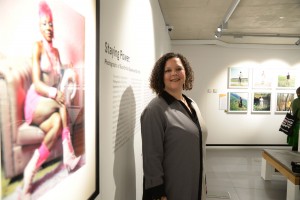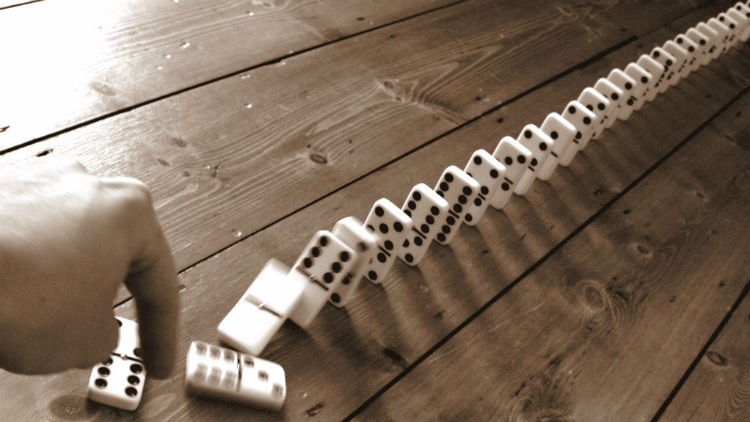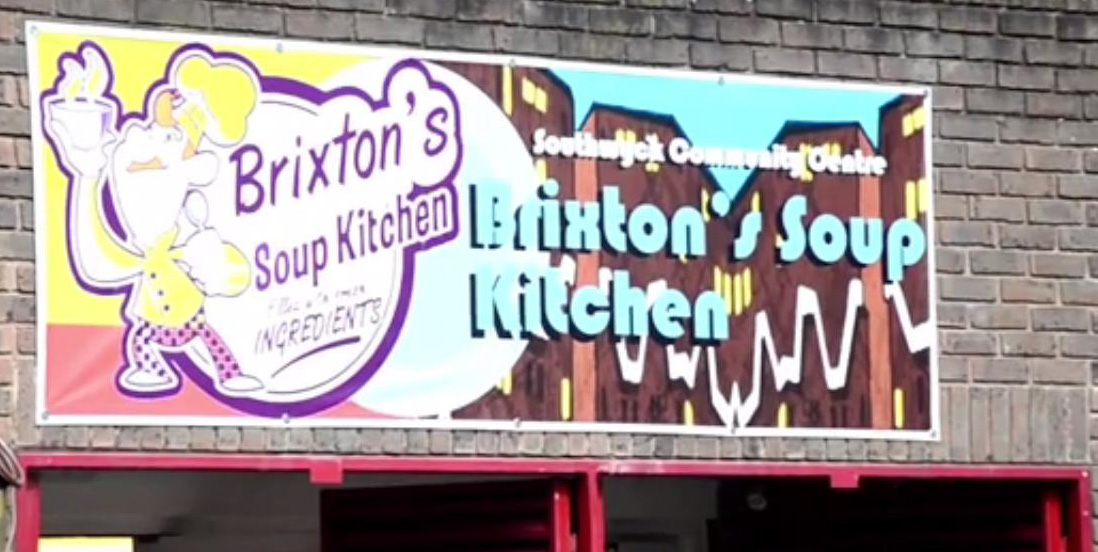“We want to encourage people to become more interested and involved in the history of black people, especially in Brixton.” explains Kimberly Keith, curator of the “Staying Power: Photographs of Black British Experience, 1950s – 1990s” exhibition.
The exhibition is strategically located in Brixton, an area many view as being “one of the seats of the black community in the UK.” We feel the heart warming engagement that the staff has towards Brixton as a community. The Archives are trying to perpetuate the origins of the area, saying that “The Black Culture does matter.”
Walking in the room, you are surrounded by photographs, objects and elements that illustrate the black culture. Stuart Hall once said : “Black people are often objects of but never the subjects of practises of representation.” Here, the exhibition defies that statement, using the work of black photographers, taking pictures of the Black British Culture and how it has changed society over the years. “We are telling our own story, and that the most important side of it” says Kimberley.
The Black Cultural Archives and the Victoria and Albert Museum are very important platforms for black voices to be heard and have supported a whole community throughout the years. Brixton is considered by many members of the black community as one of the original areas where people come to live and feel a sense of belonging. The exhibition shows that aspect. Through the pictures, we feel the happiness and the sense of community that is today, fading, yet still present in the area.
Looking at the photographs across the room, we can see various stories, coming into one. Through Dennis Morris’, Colin Jones’ or even Jennie Baptiste’s lens amongst many other artists, we experience fights and protests, the “swinging sixties”, the struggle of a single mother and the joy of a group of friends.
Amongst the 118 works, the exhibition also involves recordings, cameras, badges which immerses the visitor right into the making of these photographs and the Black Cultural History.
The exhibition is also proof of how fast the dynamics and culture in Brixton has changed over the last few years, including politics, music and fashion in the area.
With a free admission, the Black Cultural Archives succeeds in sharing the History of Black Culture and raising awareness around one of the main characteristics of the area : Black Culture. You can react to the exhibition on twitter using #inspiringpower and by following the Black Cultural Archives @bcaheritage.




